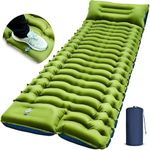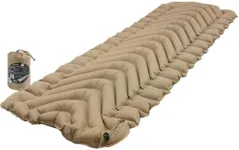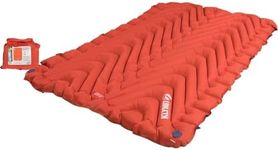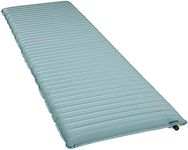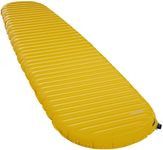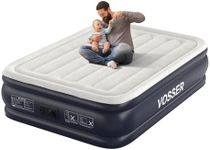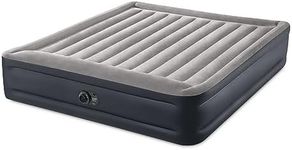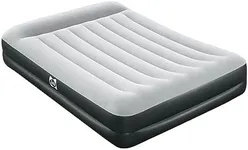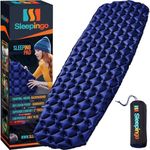Buying Guide for the Best Backpacking Sleeping Pads
Choosing the right backpacking sleeping pad is crucial for a comfortable and restful night's sleep in the great outdoors. A good sleeping pad provides insulation from the cold ground, cushioning for comfort, and can significantly impact the quality of your sleep. When selecting a sleeping pad, consider factors such as weight, insulation, size, and type to ensure it meets your specific needs and preferences.WeightWeight is a critical factor for backpackers because you will be carrying the sleeping pad along with all your other gear. Lighter pads are easier to carry but may sacrifice some comfort or durability. Heavier pads often provide more cushioning and insulation but can add significant weight to your pack. If you are an ultralight backpacker, look for pads that weigh less than 1 pound. For general backpacking, pads weighing between 1 to 2 pounds are a good balance between comfort and weight.
Insulation (R-Value)The R-value measures a sleeping pad's ability to insulate you from the cold ground. Higher R-values indicate better insulation. This is important because it helps keep you warm during cold nights. For summer backpacking, an R-value of 1 to 3 is usually sufficient. For three-season use, look for an R-value between 3 and 5. For winter camping, an R-value of 5 or higher is recommended. Choose an R-value based on the lowest temperatures you expect to encounter.
Size and DimensionsSleeping pads come in various sizes and dimensions to accommodate different body types and sleeping preferences. The length and width of the pad should match your height and sleeping style. Standard pads are typically around 72 inches long, but longer options are available for taller individuals. Widths usually range from 20 to 30 inches. If you move around a lot in your sleep, a wider pad may be more comfortable. Consider the packed size as well, as a more compact pad will be easier to fit in your backpack.
Type (Foam vs. Inflatable)There are two main types of sleeping pads: foam and inflatable. Foam pads are durable, lightweight, and inexpensive, but they can be bulky and less comfortable. Inflatable pads offer more comfort and better insulation but can be punctured and require more time to set up. Self-inflating pads are a hybrid option that combines foam and air for convenience and comfort. Choose a foam pad if you prioritize durability and simplicity. Opt for an inflatable pad if comfort and packability are more important to you.
ComfortComfort is subjective and depends on personal preference. Factors that contribute to comfort include the pad's thickness, surface texture, and firmness. Thicker pads generally provide more cushioning, which can be beneficial for side sleepers or those with joint issues. Surface texture can affect how well you stay on the pad during the night. Firmer pads offer more support, while softer pads may feel more plush. Test different pads if possible to determine what feels most comfortable for you.
DurabilityDurability is important because a sleeping pad that punctures or wears out quickly can ruin your trip. Look for pads made from high-quality materials that can withstand rough terrain and repeated use. Denier (D) is a measure of fabric thickness; higher denier fabrics are more durable but may be heavier. For frequent backpackers or those who camp on rough ground, a pad with a higher denier rating is advisable. Occasional campers on softer ground can opt for lighter, less durable options.



